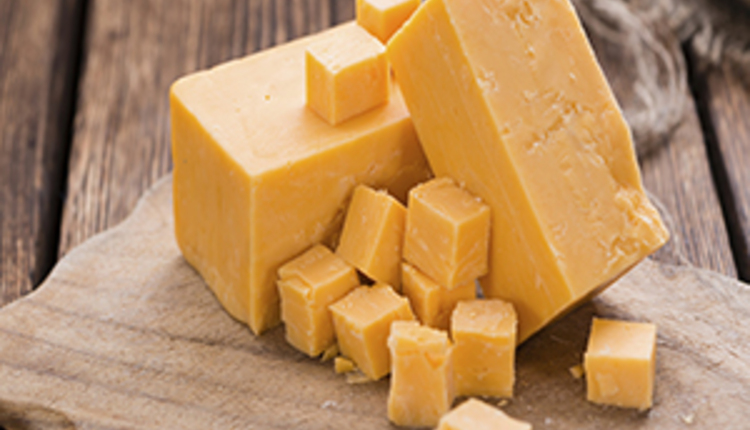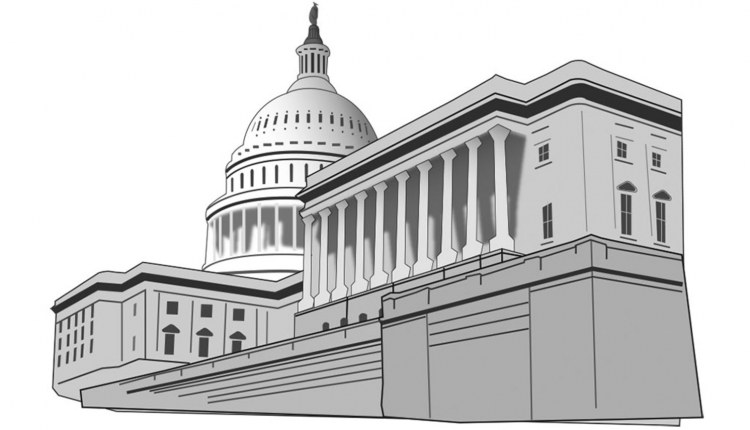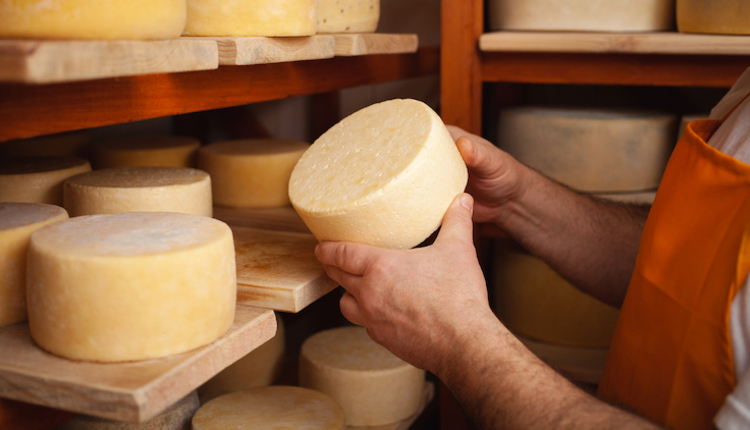As printed in our August 25, 2018 issue . . .
AT $14.10, THE JULY CLASS III PRICE SKID to its lowest level since February’s $13.40. On the upside, futures at the CME traded near a $15.80 average for September 2018 to February 2019 contracts. At the magazine’s close, November was the high contract at $16.10 per cwt.
A BREWING TRADE WAR has held milk prices at bay. In mid-May, the same September to February contracts had traded at $16.75. That does not include the August Class III contract that sold for $16.66 on May 16 and had fallen to $14.83 by mid-August trading on the CME.
U.S. DAIRY FARMERS COULD LOSE $1.8 BILLION in the second half of the year, predicted former USDA Secretary Tom Vilsack. That would be $1.65 per cwt. when evaluating the current trade war, stated Vilsack, who now serves as the CEO of the U.S. Dairy Export Council.
TO HELP COVER THOSE POTENTIAL LOSSES, current USDA Secretary Sonny Perdue announced a $12 billion financial aid package for farmers caught in the crossfire. The three-legged approach would provide direct payments to farmers, purchase and make donations to food assistance programs, and fund export development.
USDA’S $12 BILLION RELIEF PACKAGE would be targeted to farm commodity sectors most impacted by retaliatory tariffs. Those commodities include: soybeans, corn, cotton, hogs, sorghum, and dairy.
JUNE DAIRY EXPORTS ACTUALLY ROSE 16 percent on a volume basis, 4 percent on price, when compared to the same time last year. However, the full weight of retaliatory tariffs had not been implemented by trading partners. Exports accounted for 16.4 percent of U.S. production in June.
FOR THE FIRST TIME SINCE MAY 15, bundled dairy prices on New Zealand’s Global Dairy Trade did not fall. Cheddar cheese rose 1.3 percent while butter fell 3.2 percent. Skim milk powder dropped 0.3 percent.
WITH PRICES RANGING FROM $1,170 TO $1,250 per head, replacement values in the Great Lakes States region fell well below the U.S. average of $1,320. Just one year ago, dairy replacements fetched $1,620.
TO ARRIVE AT A $1,320 AVERAGE, there must be states well above those quoted prices. Leading the pack, each with a $1,500 value, was Idaho, New Mexico, and Texas. A quartet also posted a $1,450 average — Arizona, Colorado, Kansas, and Oregon, reported USDA.
IN LOSING $1.03 PER CWT., a group of 45 dairies, tracked by Michigan-based certified public accountants Nietzke & Faupel, lost equity in the first quarter of 2018. However, the top one-third of those same farms earned 98 cents. In another data set tracked by Farm Credit Services of America, a group of over 100 farms earned $1.66 per cwt. in 2017. Herd size averaged 4,922 cows, well above the national average.
In your next issue!
THEIR VISION ADVANCES DAIRY TO THIS DAY.
While President Lincoln breathed life into agricultural research, the Journal of Dairy Science has been advancing all things dairy for 100 years.
THERE ARE PROFITS TO BE HAD IN DAIRY.
Most wouldn’t consider dairy farming to be an extremely lucrative business, but different systems of dairying can yield a positive income.
YOUR GUIDE TO WORLD DAIRY EXPO.
Read this 62-page supplement to plan your trip to the world’s greatest dairy show this October 2 to 6.











